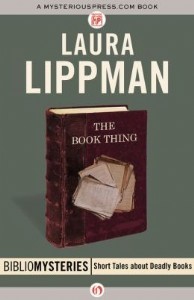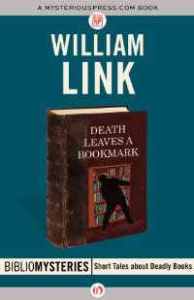The Antagonist by Lynn Coady
 Monday, January 28, 2013 at 9:37PM
Monday, January 28, 2013 at 9:37PM 
Published in Canada in 2011; published by Knopf on January 22, 2013
The Antagonist is based on an intriguing premise: How would you react if you recognized yourself as a character in a book that someone you know has authored? "There he was, the character I knew to be me, lumbering in and out of scenes, and I'd be outraged when he was like me, -- because that was stealing, -- and outraged when he wasn't, -- because that was lying."
The Antagonist is written as a series of autobiographical emails from Rank to Adam. Unhappy that Adam's novel depicts him as an "innate criminal" -- Adam, according to Rank, is "vampiring the good and the real out of people's lives" -- Rank, approaching forty, decides to tell his own story, in which Adam plays a prominent and unflattering role.
Rank's story starts with Gord, his embittered father, who, as a matter of pride, unwisely invested in an Icy Dream franchise instead of a Java Joe's. Gord's efforts to make a living are hampered by his desire to banish punks (i.e., teenagers) from the restaurant. Rank's father has anger management issues, unlike his mother, who died when Rank was sixteen and remains perfect in his memory. The circumstances of that death, revealed late in the novel, have a profound impact on Rank, and he is particularly enraged that Adam's novel reduced his mother to nothingness with an off-handed comment about her death.
After Rank has a growth spurt at fourteen, most people regard him both as a man and a thug, while his father delightfully assigns him to work as a bouncer at Icy Dream. Based on a punch to the face that leaves a punk brain damaged, Rank finds himself in juvenile court -- and Adam finds a character he can paint as a criminal. That act of violence becomes a defining moment in Rank's life -- he can't read T.S. Eliot without being reminded of it -- making it easy to understand why Rank is upset to see it glorified in Adam's novel.
Much of The Antagonist is about Rank's relationship with three friends (including Adam) during his college years. Adam and his dope smoking friends, the reader suspects, become Rank's replacement for hockey (a scholarship sport until he walked away from it), his connection to something larger, and Adam becomes his silent confidante, always listening but never sharing. Of course, confiding in Adam is what produces the series of emails that Rank spews forth after he reads Adam's book.
Telling his story gives Rank a chance to explore his first serious romance and to search for his former girlfriend (who was, at the time, a devout evangelist) on Facebook. It gives him the opportunity to better understand his self-centered friend Kyle, as well as Rank's acerbic father, for whom he is now caring. It makes him come to terms with the unintended consequences of two violent events in his life, with his mother's death, and with his own mortality. Finally, having blown off steam, it gives him a chance to consider whether Adam's book is, in the grand scheme of things, all that meaningful.
The Antagonist has some features of a coming-of-age novel, although the moral growth and character changes that are so much a part of that genre are muted. To the extent that Rank changes, it is in reaction to the process of reflection as he authors his emails. Maybe it would be best to describe The Antagonist as a coming-of-age-in-middle-age novel, although what Rank experiences is more catharsis than maturation.
However the novel might be categorized, it is a sensitive and insightful examination of what it means to a child in an adult's body, a person who is instantly regarded as a brawler because he looks like one, a kid who never has to grow up because, from the age of fourteen, he's living in an adult body and is treated accordingly. Lynn Coady explores the role that expectations play in shaping a young adult's life, and the difficult road a young adult must follow if he chooses to resist those expectations.
The Antagonist is written in energetic prose that reflects Rank's desire to unleash his anger and frustration. It's a powerful story but one that is rich with humor and compassion.
RECOMMENDED




